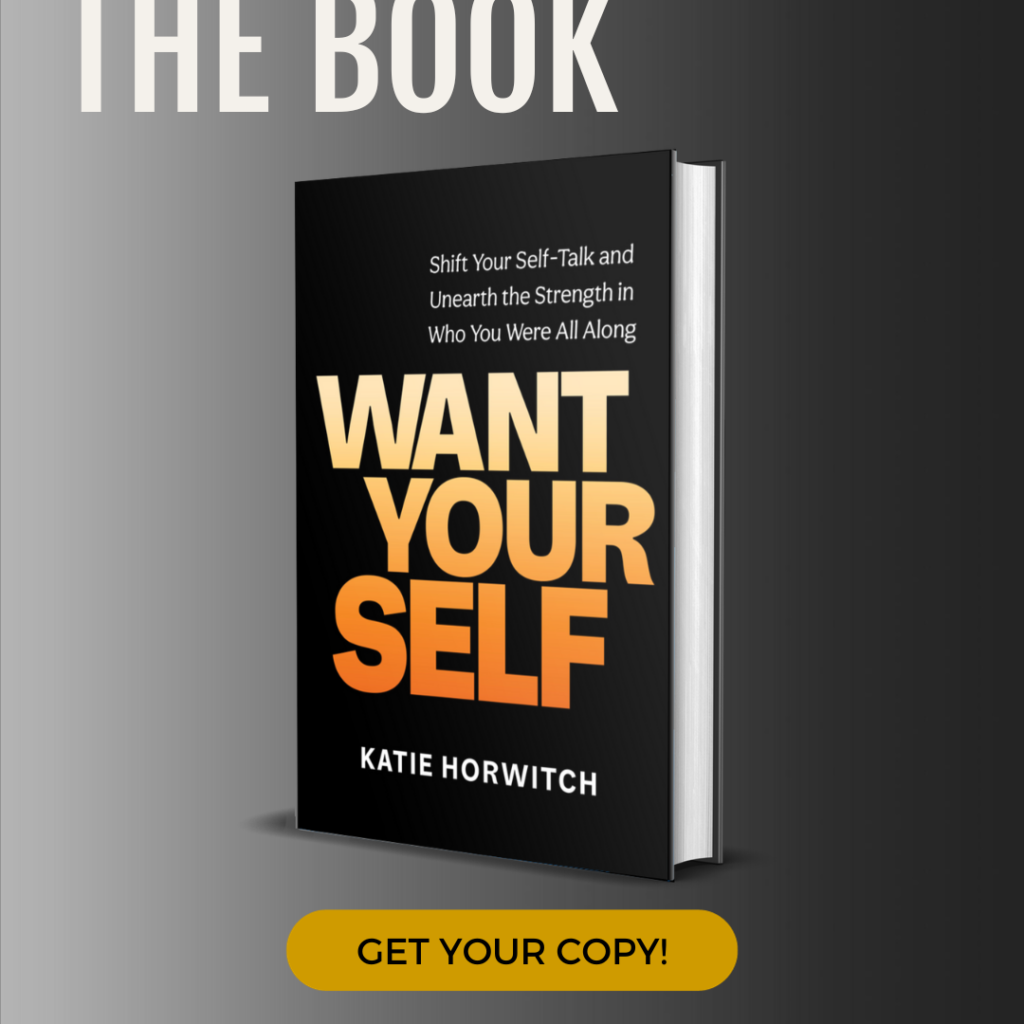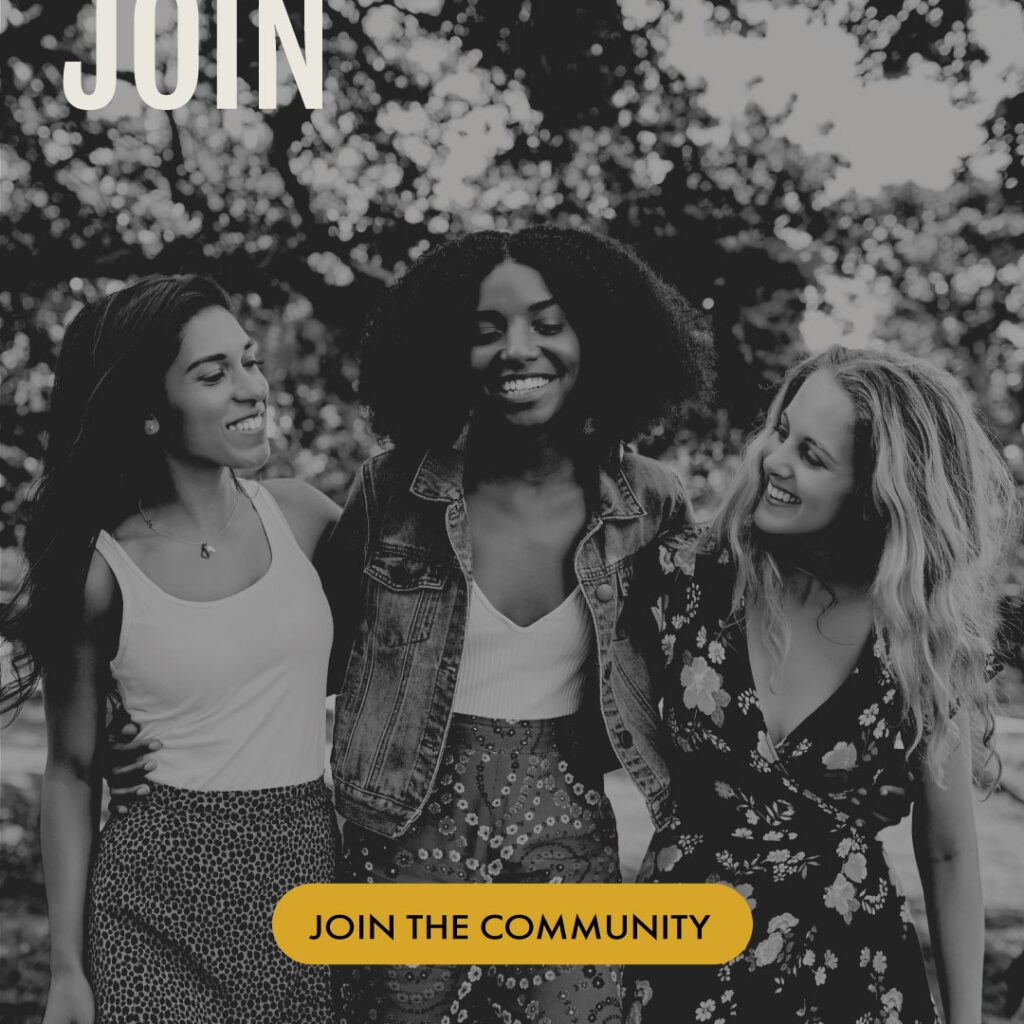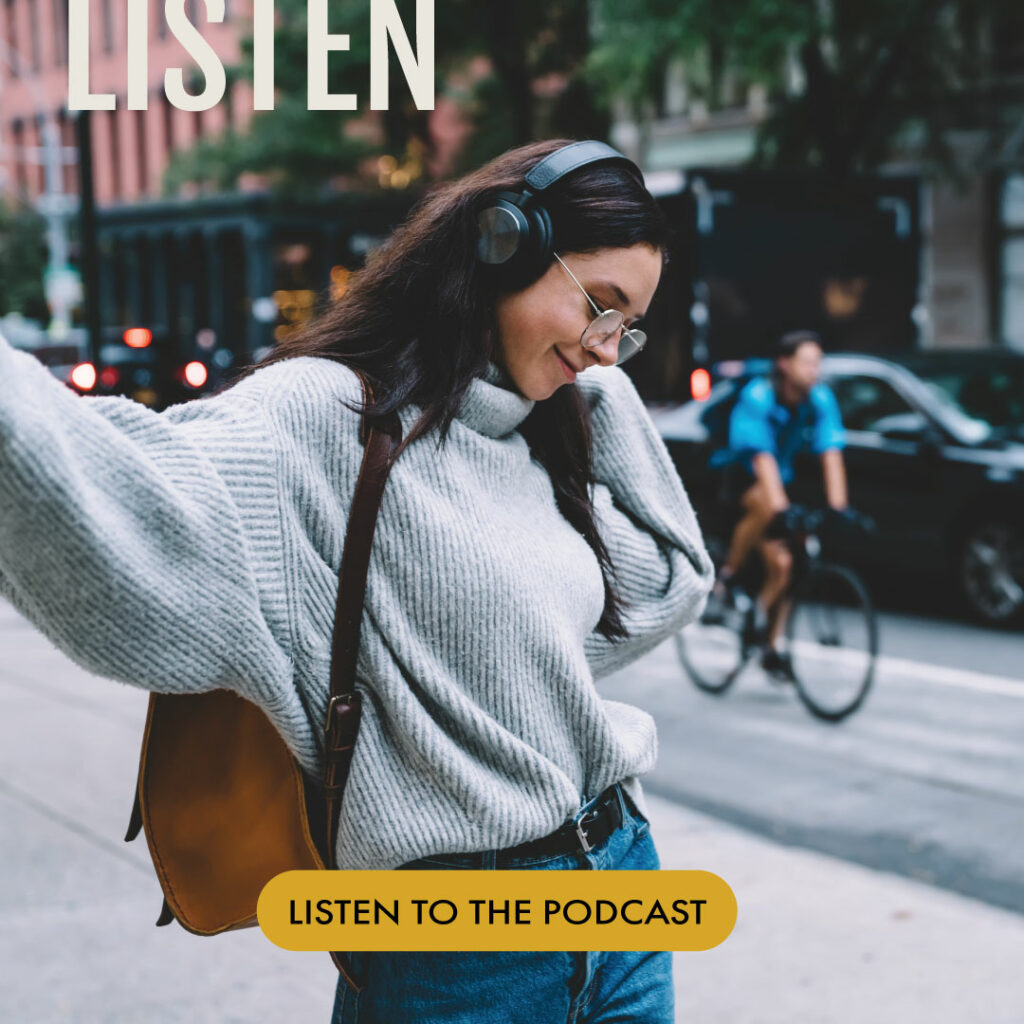My amusement park ride of choice as a highly sensitive kid was the carousel. No big drops. No unexpected moves. No aggressive sounds or strobe light effects. I could get on my favorite horse and, for three whole minutes (or more), escape from everyone and everything around me (or more).
But the thing about rides is that they need to end at some point. At SOME point, the carousel needs to stop. You get off your literal high-horse, and you’re faced with the world beyond the beautiful lights and porcelain fairytale creatures. And if you’ve stayed on too long, there’s a good chance you’ll stumble off a bit more than wobbly.
~
Our culture has a negativity problem and a cynicism problem – but it also has an optimism problem.
To be clear: Living with an optimistic outlook on life is a strength. No doubts there. Living optimistically usually means you’re forward-thinking and naturally see what could be. You find the beauty in the seemingly possible, instead of the darkness in the seemingly inevitable. No, optimism (lower-case-o, neutral tone) by itself isn’t bad at all.
HOWEVER. Just like anything, there’s a necessary energetic balance that makes optimism actually work.
If you pay very close attention, you’ll feel the disconnect when optimism starts to go downhill. When it happens, that once-proactive optimism will start to shut out the realities of life as a means of avoidance, and chalk it up to “looking on the sunny side of life” or a “glass-half-full” mentality.
How does this happen? How can something so inherently good betray us?
I call it Dead-End Optimism.
Dead-End Optimism is what happens when you rely on your positive outlook to ignore, shut out, fabricate and gloss over your life. It can minimize experiences and eat you alive – just like Casual Negativity, cynicism, auto-pilot pessimism, and projection. It can gnaw away at your spirit, your relationships, and roll a haze of oblivion over your existence.
Dead-End Optimism turns me away from facts and reality in favor of the shiny, pretty thing around the corner. I get onboard and go in circles over and over and over and over until I get dizzy and lose my bearings.
I don’t view myself as a glass-half-full Optimist. When asked for my positivity “secret,” I reveal that I’m not really a bona fide Optimist.
My brand of positivity isn’t about what’s GOOD or BAD, it’s about what’s pragmatic and proactive instead of unrealistic and reactive.
Life’s ups and downs are inevitable, and some moments will seem more hope-filled than others. So what can you do about it?
You can see the facts in front of you and the projected outcomes ahead of you, and you can root for the positive while still recognizing the negative. It’s not about putting on blinders and ignoring that things aren’t perfectly in place or might go awry – or maybe already have in a major way. It’s about taking in the world as is, seeing the full spectrum of its experience and existence, and choosing to proactively fight for an outcome that uplifts us collectively.
It’s like true love: we love fullest and deepest when we love others FOR their strengths and weaknesses, similarities and differences – not in spite of them.
To break away from Dead-End Optimism and into Pragmatic, Proactive Positivity, we must let go of rushing into the search for how good things CAN be in the future (or not), and instead sit with how good things are right NOW (or not). We must begin to look at the glass not as half empty or half full, but as a glass that’s being sipped from every moment.
Easy but nuanced. Simple yet scary. It’s not easy work, but it’s right work. And it’s the work that’ll lead us to finding our genuine smiles, without the help of the ceramic ponies and the carousel leading nowhere.
Look at the glass not as half empty or half full, but as a glass that's being sipped from every moment. Share on X



0 Comments